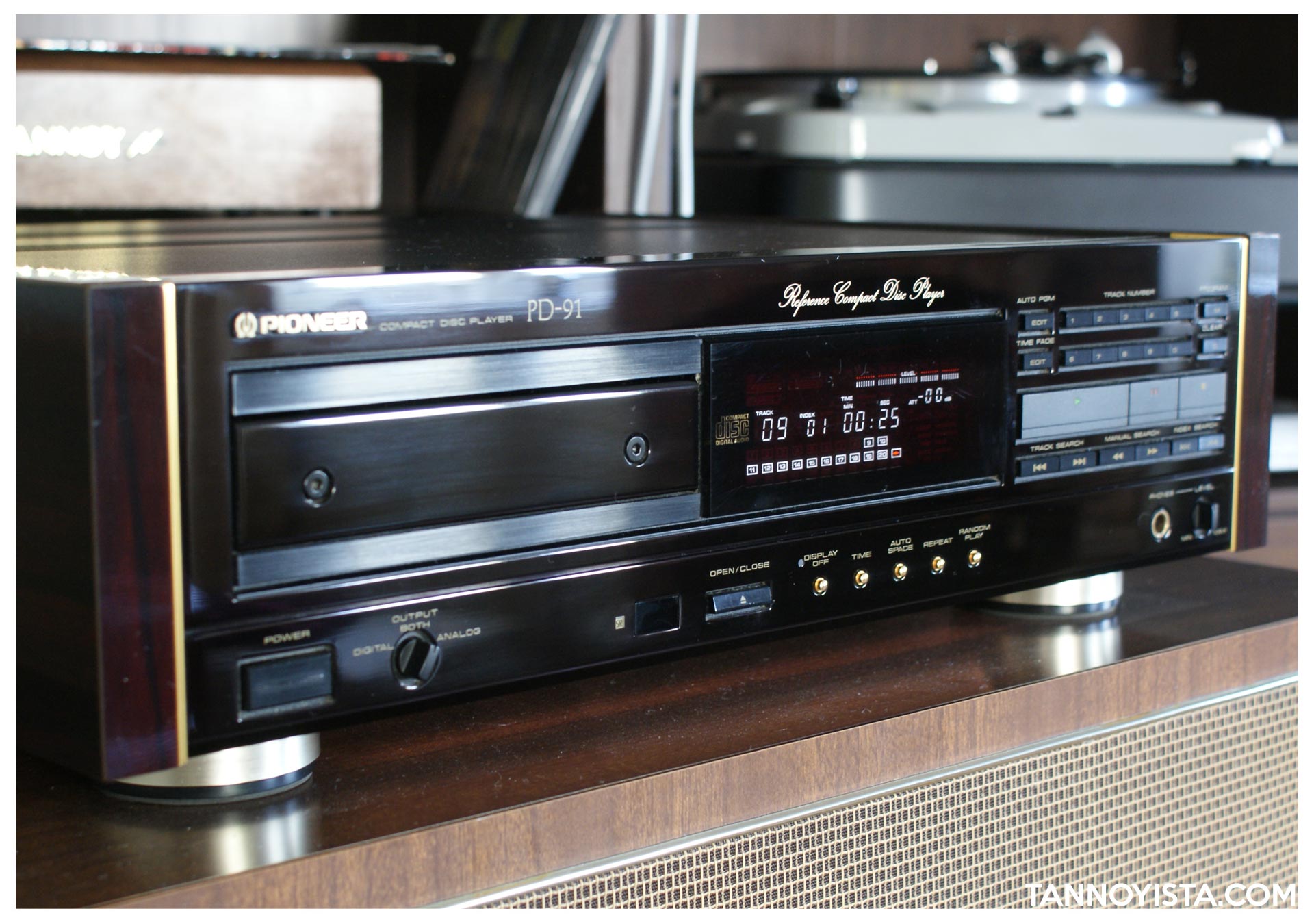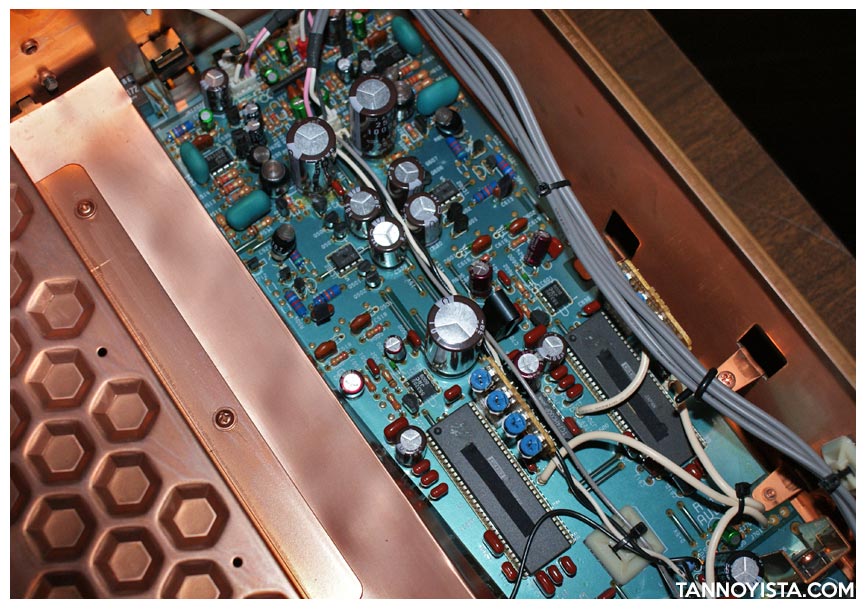Discover the classic Pioneer PD-91 Compact Disc Player. Is it worth it?
The Pioneer PD-91 is considered a rare piece of equipment to own but in 2020, is it worthwhile owning such a classic piece of kit.
In 2012, my initial experience with the PD-91 wasn't great. On arrival, the unit switched on fine but once a CD was loaded, it just wouldn't read it. Initially assuming that the laser which was brown bread (dead) I opened it up. The laser pick-up for the PD-91 were always a mixed bag of reliability and was prone to fail. But in 1987, this wasn't a problem as a new laser pick-up only cost £30 including fitting.
Back in 2012, laser units for the PD-91 were more affordable and although scarce they were more accessible but still expensive. Even Pioneer themselves still carried parts for the PD-91 but unfortunately, no laser pick-ups. The price for NOS laser was around £300 and even then, you didn't know if it was going to work as some retailers sold them with no guarantee or returns.
With my PD-91, lady luck was on my side. Under closer inspection, I could see that the lens of the laser was missing and by tilting the unit over to one side I heard something rattle. It turned out to be the lens that had become loose and fell off the pick-up whilst in transit.
After a gentle clean and delicately removing all of the old glue from the edge of the lens, a very small amount of glue was applied to both the lens and the cup lens holder. Carefully seating the lens back into its recess it. Switching back on, the disc read perfectly and within half a second.
So after a heart-stopping interlude, the PD-91 was working perfectly fine.
Originally released in 1987, the PD-91 was regarded as one of the best cd players at the time until Sony released its pulse technology in 1992. So, what does it sound like in 2020? Well, I'm lucky enough to know the person who bought my PD-91 back in 2014 and I have to say that the sound is superb.
Those dual 18Bit Burr Brown PCM-65 DAC's still seem to cut it and it's still a bit of a monster. But, as much as it's performance is still very nice, in comparison to today's technology such as my ALLO Revolution DAC I do feel it's not quite as accurate.
Find out more about the Allo Revolution DAC.
So, although a little dated, the PD-91 can still turn ones head from time to time. And owning such a fabulous piece of history is nice. Since 2014, my old PD-91 has had one laser pick-up which cost over £500.
One of the more positive things about the sound which I could say is still mighty impressive is the bass and the spatial picture it portrays. In other respects, the mids can seem a little cloudy at times and the highs aren't as believable as today's DACs. The bass, however, is tremendous and has a real organic, vinyl-like like and fluid temperament to it.
At this point, I'd be quite comfortable to suggest that with some modifications, the PD-91 could really shine once again in mostly all areas. Maybe not to a 2020 level but if it just lost that cloudiness, it would be very impressive indeed for a CD player of such vintage. If you have a PD-91 and had it modified, please get in touch, I'd love to know what was done.
Build quality... Well, the PD-91 is something considered these days as from an era of excess. To buy this kind of build quality today is simply not happening within the price point. All the major players produced flagship models such as Marantz and Sony.
A great example of this is the legendary Trio/Kenwood L-07D turntable, a pure 'no limits' masterpiece.
In 1987, the PD-91 cost £900 which in 2020 amounts to £2000. Current prices for this CDP on the second-hand market are topping out around it's original price £600 - £900 - for a very nice example with remote and with a recent service.
If you desire to own a PD-91 you would get something built with precision with a mindset for success. Back in 87-91, the PD-91 was something of a revelation in CDPs. Over-engineered and beautifully designed. Okay, it's not hewn out of a solid chunk of aluminium but even though, today it looks very dapper.
The only design remark I would say which makes this machine look dated is the dreadful script lettering on the front. Goodness knows why it was ever considered attractive to do this kind of lettering. It didn't sit well with me even then.













 All the photographs and images on this site are copyright.
All the photographs and images on this site are copyright.
0 comments